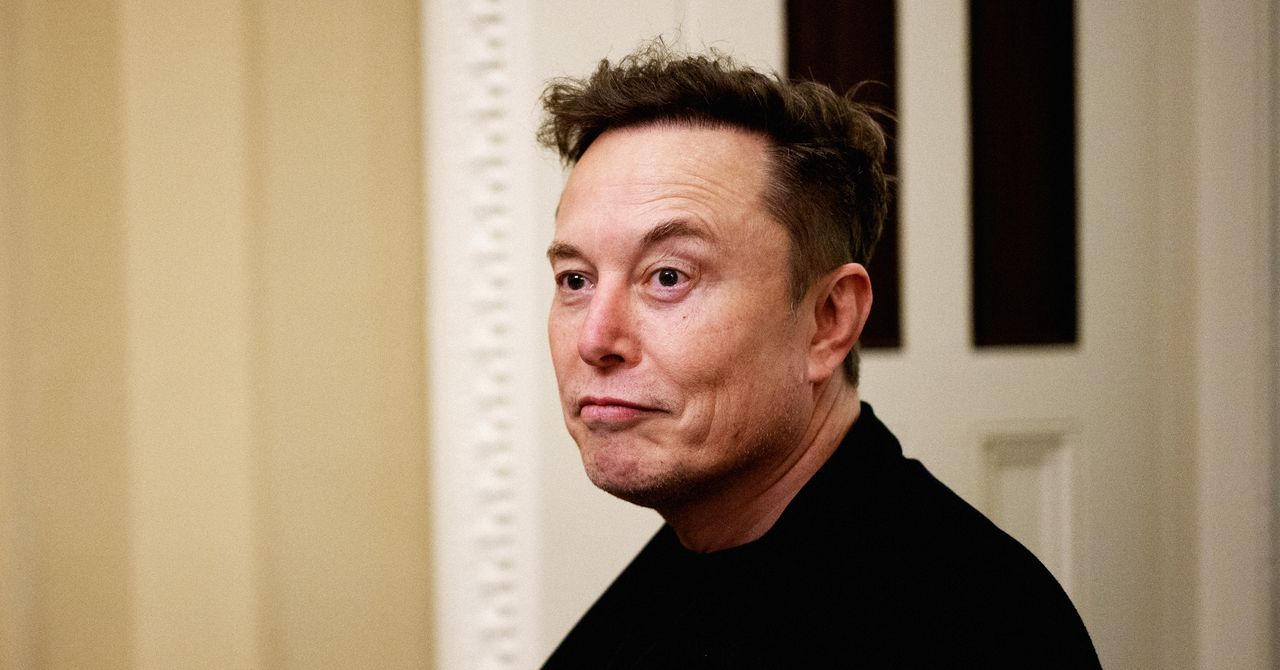The social network X was intermittent on Monday, one of which was attributed to Elvan Mesak to “massive cyber attack”. Mosusk said in an initial post X that the attack was carried out by “a large, coordinated and/or a country”. In a post on the telegram, a pro -Palestinian group known as the Dark Storm team received a few hours of credit. But later on Monday, Mask claimed in an interview on the Fox Business Network that the attacks came from Ukraine’s IP addresses.
Web traffic analysis experts who tracked the incident on Monday quickly emphasized that the type of X attacks appear to have been launched by a computers or “Botnet” using service or DDOs. Botets are typically scattered around the world, causing traffic geographically with IP addresses and can include mechanisms where they are controlled.
“It is important to determine that the IP assignment is not certain. Zayo’s chief executive, Shawn Edwards, says that attackers often use compromise, VPN or proxy networks to counteract their true origin.
X does not return Wired requests to comment on attacks.
Numerous researchers say they saw five separate attacks with different lengths against X infrastructure, the first start of Monday morning with the final end of Monday afternoon.
“During these disorders, they saw thousands of network conditions that are characteristic of the DDOS attack, including significant conditions for losing traffic that prevents users from reaching the program,” the Internet intelligence team said in a statement to Wired.
DDOS attacks are common, and almost all modern Internet services regularly experience them and must actively defend themselves. As Mask itself said on Monday, “We are attacked every day.” So why did these DDOS attacks cut off x? Mask said the reason is “this is done with a lot of resources”, but independent security researcher Kevin Baumont and other analysts see evidence that some X Origin servers, which respond to web requests, were not properly provided behind the company’s DDos Cloudflare protection. As a result, attackers can target them directly. X has guaranteed servers since then.
“Botnet was attacking the IP directly and a bunch of more under network X,” he said.
A few hours after the end of the final attack, Mask said in an interview to the Fox Business Larry Kudlow host: “We are not sure exactly what happened, but there is a huge cyber attack that tries to lower the X system with IP addresses in the Ukrainian region.”
Ukraine and its president have mocked Voldimir Zelnski, repeatedly attacked his neighbor since the Russian invasion in February 2022. A main donor of electoral campaign to President Donald Trump, Musk is now the head of the so -called government -run sector, which has put the US federal government in Trump for weeks since Trump. Meanwhile, the Trump administration has recently warmed its relations with Russia and has removed the United States from its long -standing support from Ukraine. The Musk has previously participated in the geopolitics of a different company that runs Spacex, which runs Starlink satellite services that many Ukrainians trust.
DDOS traffic analysis can break down unwanted traffic fires in various ways, including the list of countries that had the most IP address in an attack. But one of the researchers at a prominent company, who asked for anonymity because they were not allowed to talk about X, pointed out that they did not even see Ukraine failing the top 20 IP address involved in X attacks.
If Ukraine’s IP addresses contributed to attacks, but countless researchers say the fact is not significant.
“What we can conclude from IP data is the geographical distribution of traffic sources that may provide insight into the composition of the Botnet or the infrastructure used,” says Edward Zayo. “What we cannot conclude with confidence is the true identity or intention of the actual factor.”
Additional reports by Zoë Schiffer.





